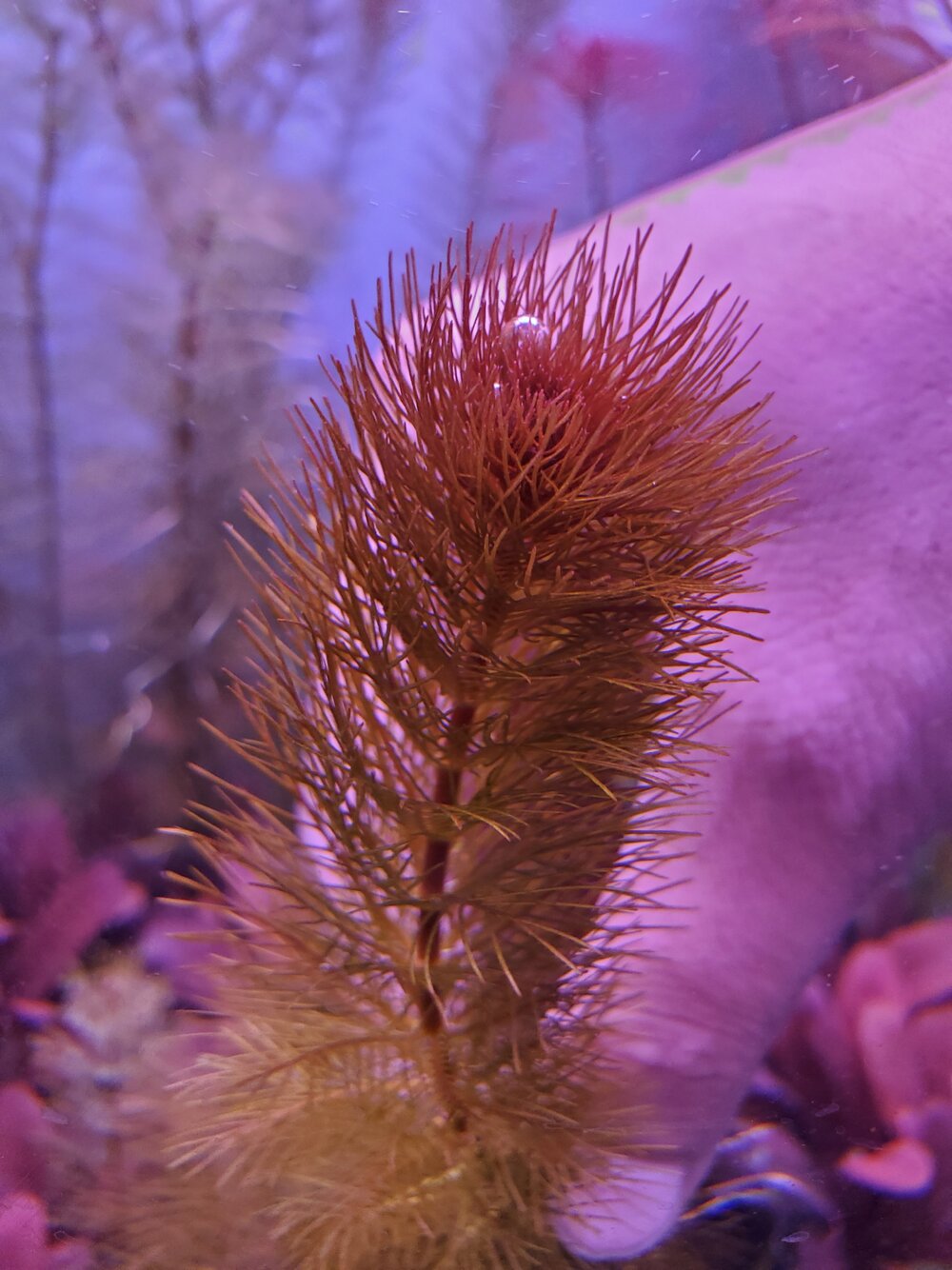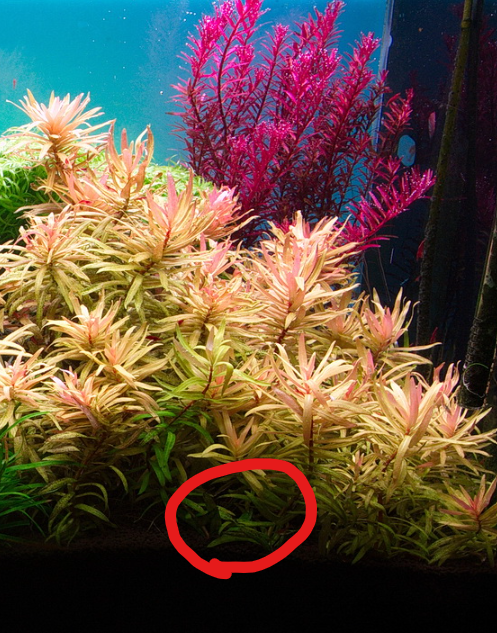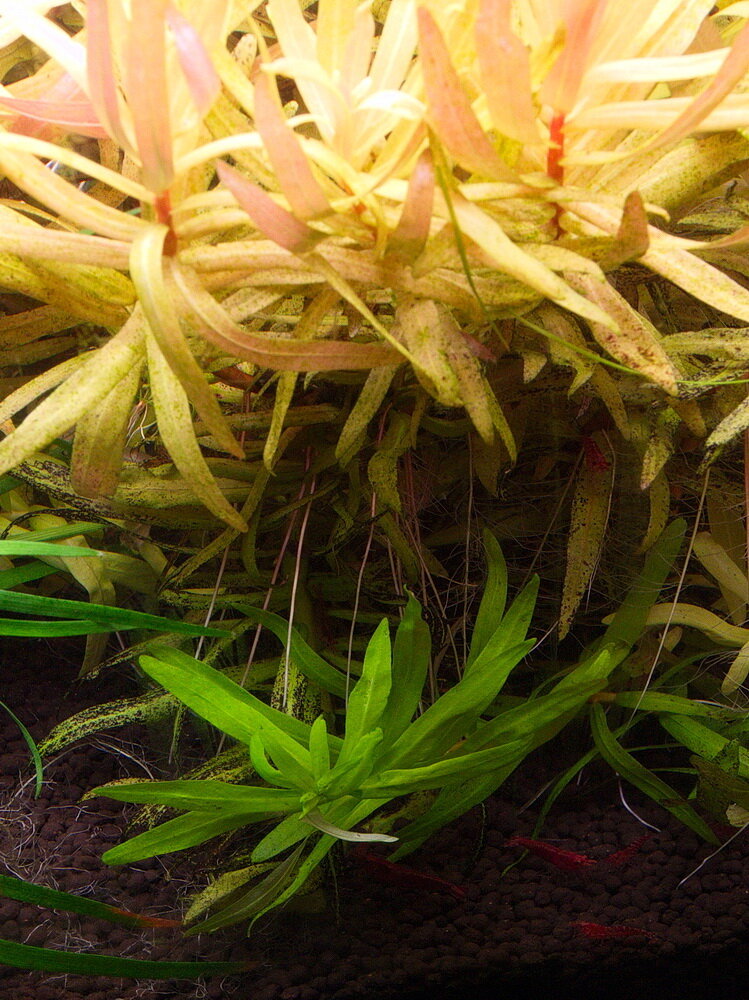Hi all,
I <"talked a bit with Tom"> (@plantbrain), and one of the drivers for "Estimative Index" <"EI daily methods or PMDD + PO4"> was that you weren't reliant on water testing.
I also think that that thread explains some of the issues people have had with knowing exactly what he said. He would be the first to admit that he doesn't have the greatest prose style and sometimes this makes what he said a bit ambiguous.
As some will know I like a <"good analogy">, so just so I can <"re find this post"> he is more <"Dan Brown">* than <"Albert Camus">.
* Obviously "Dan Brown" doesn't help here, you can't search for three letter words and "Brown" appears frequently, but "Albert Camus" <"should do">.
cheers Darrel
<"Same for me">. One advantage of low and slow is that if things go horribly wrong it is a slow car-crash, giving you time to apply the break, rather than having a full head-on collision.I always advise newcomers, you dont need hight light and high everything (all the gear no idea) to have a great planted tank, always best to start with a low tech tank, with less demanding plants, and low amounts of ferts, learn how to maintain a tank algae free and plants healthy and just be patient, just enjoy the tank long term, after you learn these skills in the first 12-18 months
That does make sense.Tom recommends you back off the Fertz incrementally until a deficiency occurs then return to the previous level. It’s not rocket science nor is it particularly controversial, just horticultural common sense.
I <"talked a bit with Tom"> (@plantbrain), and one of the drivers for "Estimative Index" <"EI daily methods or PMDD + PO4"> was that you weren't reliant on water testing.
So he had my number right from the start, I'm both <"lazy"> and <"cheap">.EI was developed mainly in response to folks that had no test kits that lived in 3rd world countries and for lazy/cheap folks.
I also think that that thread explains some of the issues people have had with knowing exactly what he said. He would be the first to admit that he doesn't have the greatest prose style and sometimes this makes what he said a bit ambiguous.
As some will know I like a <"good analogy">, so just so I can <"re find this post"> he is more <"Dan Brown">* than <"Albert Camus">.
* Obviously "Dan Brown" doesn't help here, you can't search for three letter words and "Brown" appears frequently, but "Albert Camus" <"should do">.
cheers Darrel
Last edited:










